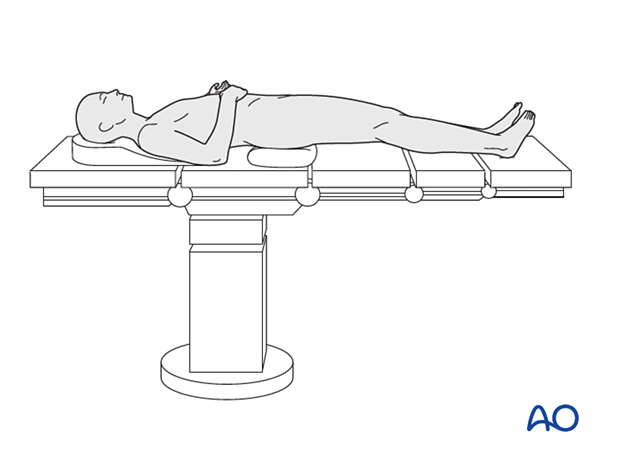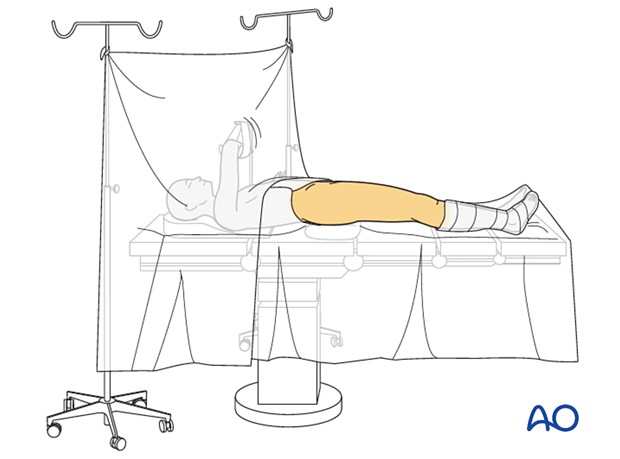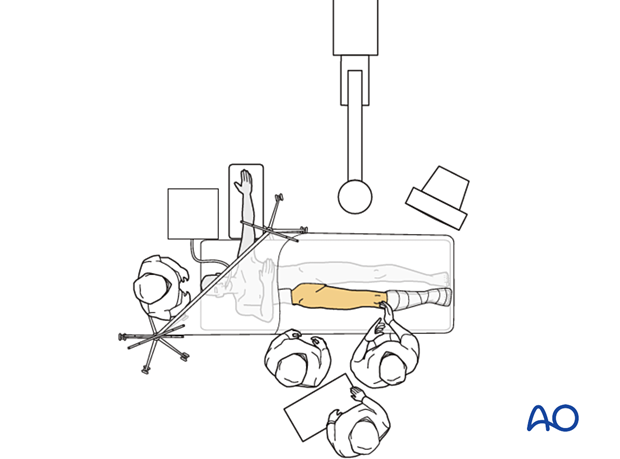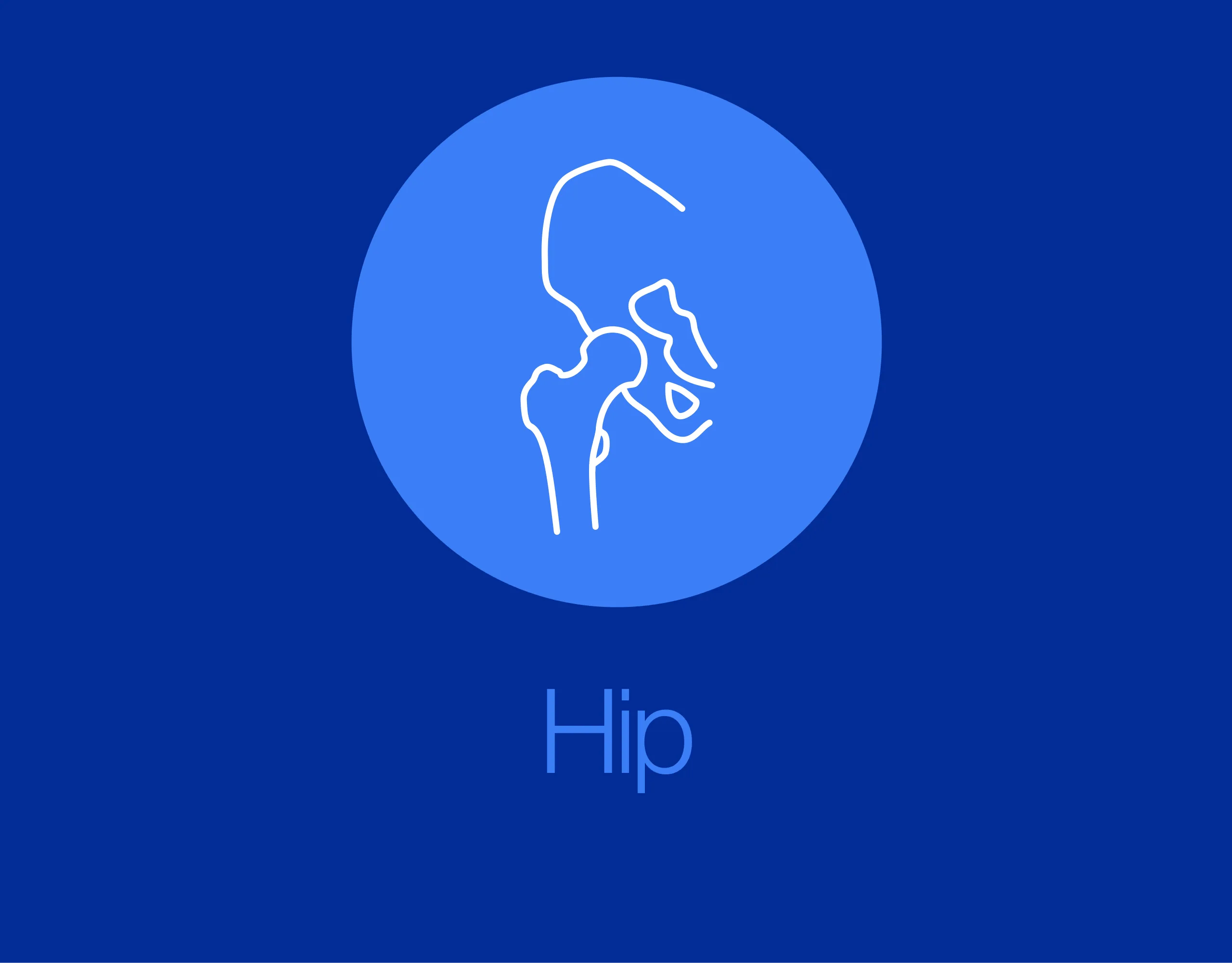Supine with manual traction
1. Introduction
This positioning is recommended for antegrade nailing and bilateral fractures because it can allow for the reduction and fixation of both fractures without requiring re-draping. However, the axial view may be difficult to obtain because elevation of the contralateral leg is required.

2. Preoperative preparation
Operating room personnel (ORP) need to know and confirm:
- Site and side of the fracture
- Type of operation planned
- Ensure that the operative site has been marked by the surgeon
- Condition of the soft tissues (fracture: open or closed)
- Implant to be used
- Patient positioning
- Details of the patient (including a signed consent form and appropriate antibiotic and thromboprophylaxis)
- Comorbidities, including allergies
3. Anesthesia
This procedure is performed with the patient under general or regional anesthesia
Long-lasting postoperative complete pain blocks for the patient with injured leg should be avoided as this could hide symptoms of a subsequent compartment syndrome.
4. Positioning
- Reconfigure the table or transfer the patient to a fracture table.
- Reduce the fracture with manual traction and manipulation to ensure reduction is possible before preparing and draping the patient.
- Pad all pressure points carefully (especially in the elderly).
- Position the image intensifier on the opposite side of the injury and the operating surgeon
- Ensure that you can get good-quality AP and lateral x-ray views of the entry point (piriform fossa), fracture site, and distal femur before draping.
- In obese patients it may be technically easier to perform antegrade femoral nailing in a lateral position without skeletal traction. Place the patient lateral (or supine with a large sandbag under the ipsilateral buttock) on a radiolucent table.
- Adduct and slightly flex the affected leg anteriorly in front of the unaffected one to ensure the position is reasonable for obtaining X-rays.
- A firm cushion placed in the midline beneath the pelvis may be used to elevate the pelvis from the table edge and facilitate the skin incision.
- The ipsilateral arm should not be positioned on an arm board or abducted, since it would interfere with nail insertion. An adducted (pictured) or elevated position is favored.
- The surgeon must be satisfied with the position before the patient is prepared for surgery.

5. Skin disinfecting and draping
- Maintain light manual traction on the limb during preparation to avoid excessive deformity at the fracture site.
- Disinfect the exposed area from above the iliac crest to the mid-tibia with the appropriate antiseptic.
- Free drape the affected limb(s) with a single-use U-drape. A stockinette covers the lower leg and is fixed with a tape. The leg is draped to be freely moved.
- Drape the image intensifier

6. Operating room set-up
- The surgeon, assistant, and ORP stand on the side of the injury.
- Place the image intensifier on the opposite side of the injury or surgeon.
- Place the image intensifier display screen in full view of the surgical team and the radiographer














